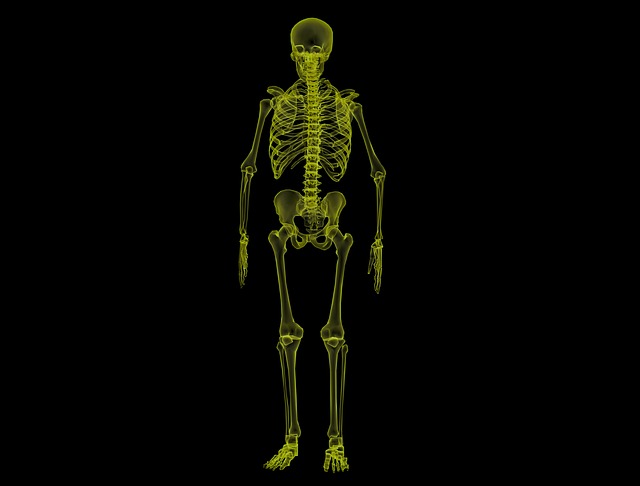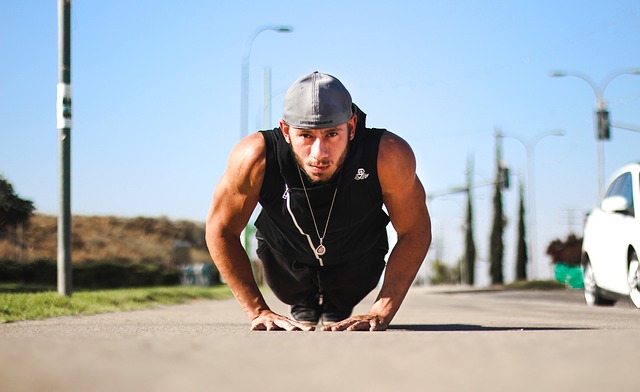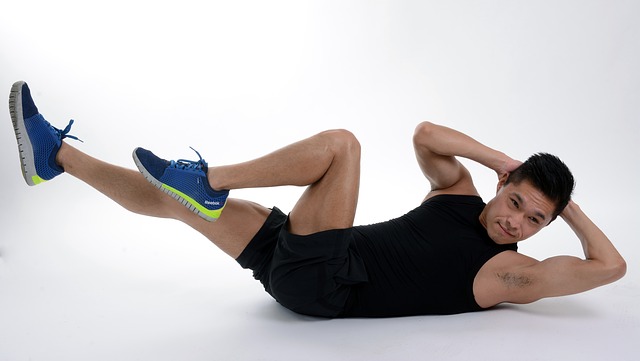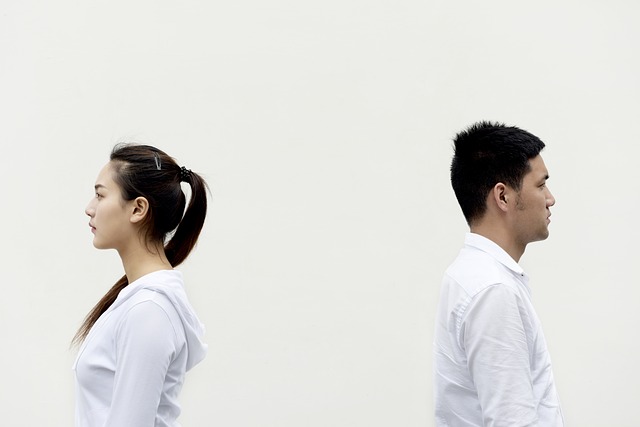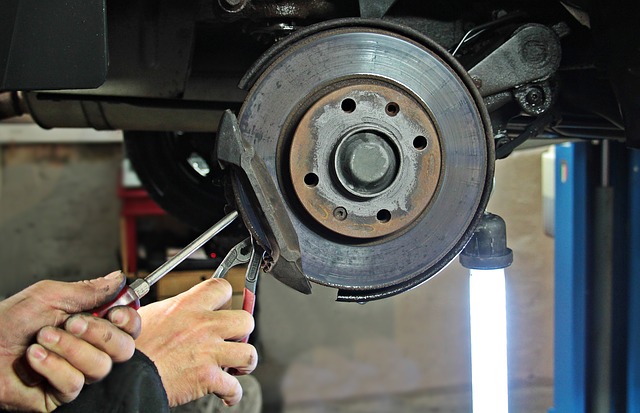Posts Tagged ‘pain’
Ergonomic Relaxation: Reading in Bed Without Hurting Your Back
What is more relaxing than reading in bed?
Likewise watching Netflix or television from bed is many a person’s way to wind down. But it’s no secret that relaxing in bed can cause its fair share of trauma to the spine. While we would never sit here and deny you the pleasure of recreating in bed, it is prudent to set your spine up so that it incurs the least possible damage. For the purpose of this blog, we will use reading in bed as the model activity, but the same principles can be applied to using a laptop or cell phone in bed.
Meet Musculoskeletal You: The Difference Between Tendons and Ligaments
Musculoskeletal you is made up of ligaments and tendons, each which serve different purposes
Ligaments attach bones to bones and tendons attach muscles to bones. And while, they serve different purposes, they are composed of the same material: connective tissue made up of densely layered collagen fibers.
- Ligaments: ligaments connect bones and allow for the healthy articulation of joints. Healthy ligaments maintain support and stabilize joints so that excessive movement doesn’t cause injury.
- Tendons: connecting muscle to bone is also important for movement as much of the force imparted by movement is transmitted through tendons between muscle and bone.
Ligaments and tendons are designed for durability, but put either through enough force and they, like the other structures of your body, will give.
An Ergonomic Game Plan For White Collar Workers
Back pain is the number one health complaint among office workers
A big part of this is down to poor ergonomics: because employers rarely care enough to invest the money and set up their workers for success, there is a precedent of poor ergonomics set from the beginning. That means the onus is upon the worker to make themselves aware of how poor ergonomics can actually cause harm to their bodies; carrying on from this, the enlightened worker will take proactive action to prevent back pain and ergonomic injuries.
Muscles that Matter Most for Core Stability
Why is core stability important
Your core is the foundation of musculoskeletal wellness. Most movements you undertake on a daily basis originate in the core, or at least utilize it in some manner. The core forms a link between the upper and lower body and weakness in this crucial center link underpins a lot of musculoskeletal dysfunction that can lead to immobility, pain and degeneration, especially in the spine. The spine can be used to stabilize the spine and transfer forces across the body from the smallest acts such as bending over to tie your shoes to bigger acts such as the heavy lifting involved in construction work. Let’s take a closer look at one of the most important muscles of the core and how paying attention to it can prevent back pain.
The Vital Element of Spinal Longevity is Your Core
Core mechanics contribute to a healthy spine
But surprisingly few people are able to take advantage of their core when it comes to supporting the lower back. Think about your core and what it means to you: is it just an ambiguous mass of muscle in the middle of your body; or is it a dynamic set of muscle groups that work together to stabilize the lower back, sharing the burden of weight and preventing injury to vertebrae and muscles in the lumbar region? At Holmes Chiropractic, we hope it is the latter; and if not, we can help you turn your core into a lower back stabilizing aid that will benefit you throughout your lifetime.
Facts In Hand: Making an Informed Choice on Back Care
Back pain is the leading cause of disability in the world
Even doubters of this grandiose statement have to admit that the phenomenon of back pain has established itself firmly in society. Its presence is on the rise, with conservative estimates stating that as much as 80% of our country’s population will experience back pain in some form during their lifetime. And while there are many direct, or acute, causes for back pain, there are equally as many cases of indiscriminate lower back pain that is aggravated by lifestyle factors. As we discussed in our blog here, pain is one of the least understood phenomena in society, which makes the need for unique, customized treatment all the more important.
Radiculopathy: Spinal Nerves Under Pressure
Radiculopathy is irritating
At its most basic, radiculopathy is a condition characterized by compression and/or irritation of a spinal nerve as it exits the spinal cord. Symptoms include:
- Pain
- Feelings of numbness and tingling
- Weakness in the extremities
Most commonly occurring in the lumbar and cervical segments of the spine, radiculopathy often results from activities or habits that place an excessive amount of pressure on the spine. In this way, people who work physically labor-intensive jobs are the most at risk for radiculopathy. At the same time, radiculopathy can also occur in those who lead a more sedentary lifestyle, especially those work office jobs without consistently good posture.
Why Musculoskeletal Medicine Matters
Musculoskeletal medicine matters for quality of life
Understanding the complexities of the musculoskeletal human means coming to better terms with what causes pain, especially chronically recurring pain that can become life-defining. Chiropractic, in its own way, is a form of pain science that seeks to treat the underlying causes of pain rather than repress or placate the symptoms.
Careers with Back Pain: White Collar Work
White collar work hurts
White collar work doesn’t involve the dangers of lifting that more physically demanding jobs do, but it still takes a toll on the body. And precisely where does it hurt? The lower back. Because the average office worker can spend more than seven hours a day sitting while on the job, white collar work is one of the worst professions for back pain.
Careers with Back Pain: Auto Mechanics
Don’t let your job kill your back
Automobile mechanics are in an industry that can be disastrous for the back. Consistently ranked in the top 10 of professions that cause back pain, the auto mechanic faces unique challenges to maintaining their spines’ integrity. Cars are large, awkward objects that require a human to bend, dip and arch their backs in order to get the required angle for work on the car. As we have found out, bending is one of the hardest movements on the spine because it pinches the front of intervertebral discs and leads to degenerative problems in the spine. Below you will find health tips regarding back care and the auto mechanic industry.

